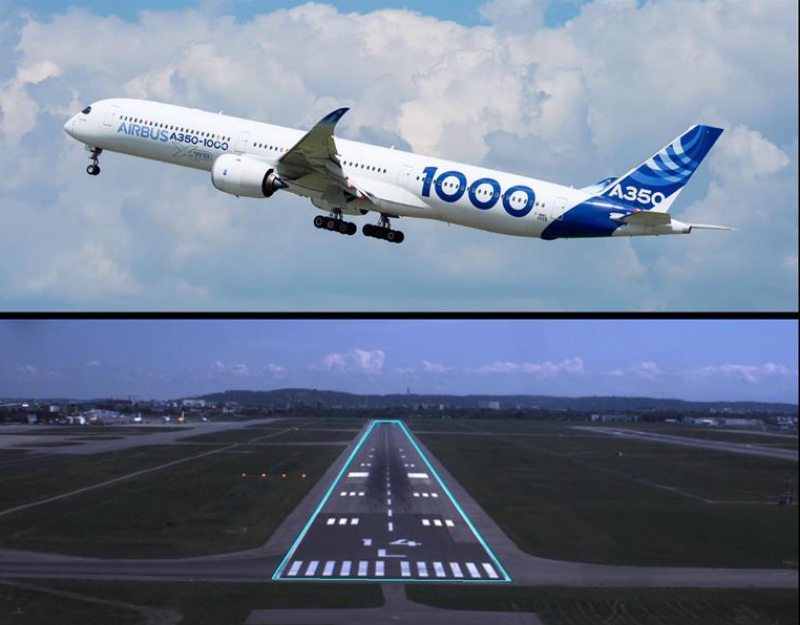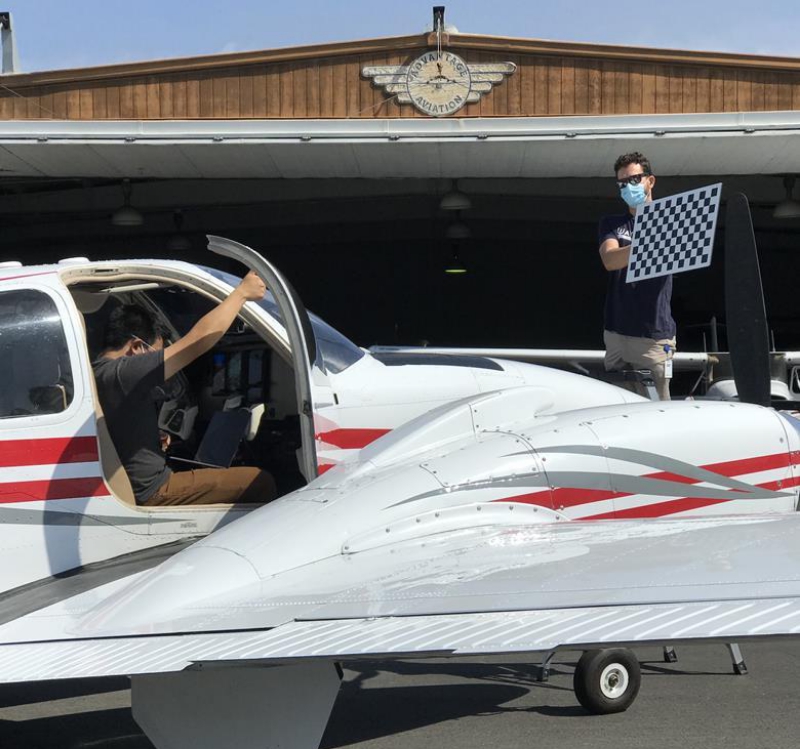https://youtu.be/tGzJKnlDHBY
Kicked off in 2018, Acubed’s Project Wayfinder is laser-focused on developing core technologies for autonomous flight systems for the next—or fifth—generation of aircraft. The transition from automated to autonomous flight will enable another significant increase in safety, shifting the workload of pilots by providing them tools to better understand their environment and improving their ability to make crucial decisions.
We see a future in which commercial aircraft carry the decision making intelligence of thousands of pilots acquired over many years of flying, not just the ones onboard, and our team is driven by a mission to enable another significant increase in safety for the next generation of aircraft and pilots.
In recent months, we’ve already seen great strides forward, most recently with Airbus’ Autonomous Taxi, Takeoff and Landing (ATTOL) demonstrator’s world-first closed-loop flight in April 2020. As we noted then, it was the first time Wayfinder’s software was used to guide the aircraft for landing—an impressive demonstration of how far autonomous flight systems have progressed, particularly for challenging manoeuvres such as runway landings.
Introducing our new flying test bed
We are now proud to share the next step in our project’s progress: we have acquired an aircraft and transformed it into the Acubed Flight Test Lab. Our flying laboratory is now up and running with our systems onboard, and allows us to continue to push autonomous flight systems forward, this time in our own backyard.
Our work on the test lab follows the successful Vahana eVTOL demonstrator flight campaign that concluded at the end of 2019. Whereas Vahana focused on building a new type of vehicle, Wayfinder focuses on building a new type of onboard capability that can be scaled up for large commercial aircraft.
To start with, we chose a Beechcraft Baron 58 as our test aircraft. It’s an ideal platform to test our systems before they go on other, larger aircraft in the future. The Baron 58 is efficient to operate; it’s a twin engine so easy to modify; and the cockpit features a free and unobstructed view, mimicking the field of view of commercial aircraft. We are flying the test lab under a Part 91 certificate, as we have not materially modified the physical aircraft.
We have based our campaign out of the Palo Alto airport in California. As locals will attest, the airport typically has stable weather patterns, and it’s close to our offices where we’re developing the hardware and software systems. This allows close collaboration between our engineers and the flight test team, which is key to rapid development and iteration. We also have easy access to other nearby airports, including Hollister, Hayward, Watsonville and Salinas, which will allow us to efficiently test and capture data on many approaches, complete landings, takeoffs and more. We celebrated our first flight on July 28, which saw us fly from Palo Alto to Salinas, and make three approaches, including one low approach and complete one full-stop landing.
Our flightpath
Now that our test lab is flying, here’s what we intend to do with it:
- Fly it as a test platform for Wayfinder’s machine learning (ML) algorithms and data-driven development process
- Demonstrate the feasibility of Wayfinder’s autonomy architecture
- Demonstrate a functional onboard machine learning system
- Provide validated design and system requirements for ongoing and future Airbus programs.
Those are all pretty formal ways of saying that our goals are to make sure our systems work, use them to collect a large quantity and variety of high quality data, train our ML algorithms, test the trained algorithms in flight and then “lather, rinse, and repeat,” scaling the data, training and performance as we go!
Teamwork makes the dream work
Any flight test campaign requires high levels of safety and intensity. This is natural given the critical safety measures and regulatory scrutiny that aviation is subject to. For our team at Wayfinder, the preparation was no exception. We wrote, tested and practiced emergency procedures. We conducted a detailed ground test campaign to ensure systems were working as expected, and we corrected all the issues we found in advance of the first flight.
The Wayfinder team dynamic is also unique—we’re an interesting mix of pilots, aerospace engineers and top-notch ML experts and software engineers. Our diverse team has begun to speak a common language on the basis of our shared goals for our field: improve safety, reduce pilot workload and apply artificial intelligence (AI) and ML in fascinating and new instances. In many ways, Wayfinder represents the very best of why Acubed is located in Silicon Valley: we’re marrying the local culture of rapid innovation and frequent iteration cycles with an aerospace setting to push boundaries only possible with brilliant talent.
First flight results
We were extremely pleased with the outcome of our first flight. The system worked correctly; we were able to validate processes and procedures; all the work was done safely; and areas for improvement were identified for follow-on flights. We were able to test the entire workflow from flight, sensors and data collection to automated data processing.
The team was really excited to get off the ground and understandably nervous as you are with any flight test campaign. This was the first time that the flight lab was fully operational, and it showed us that we are on the right path.
Here’s a summary of the experience so far from our perspective:
Source: Acubed Blog


